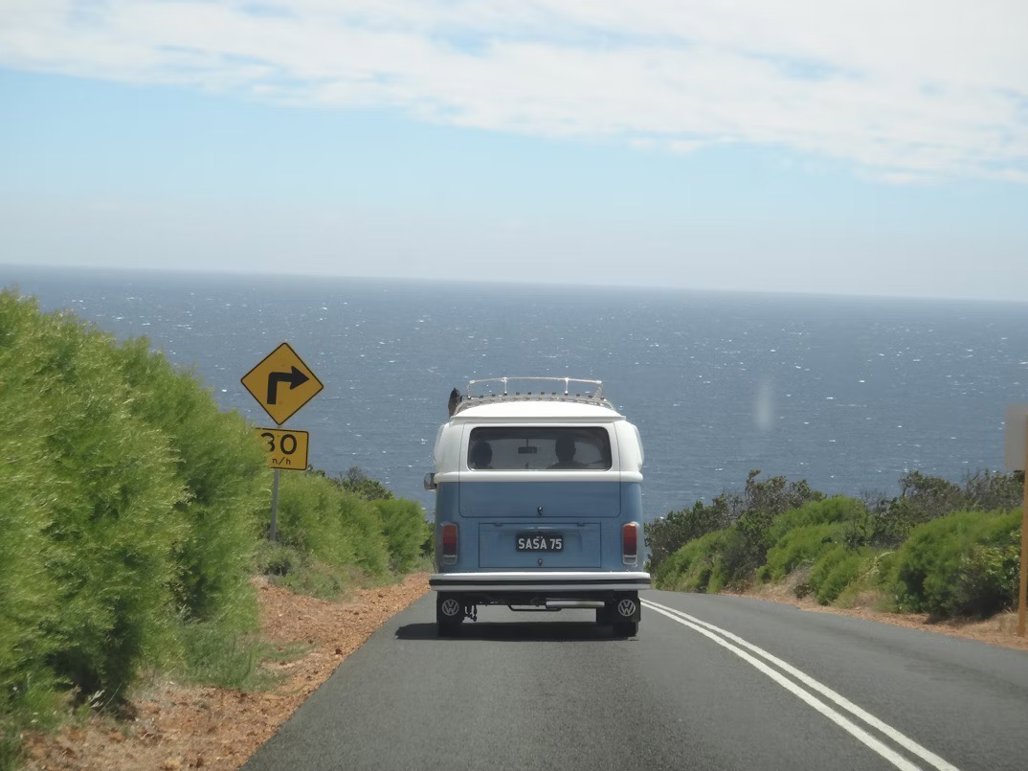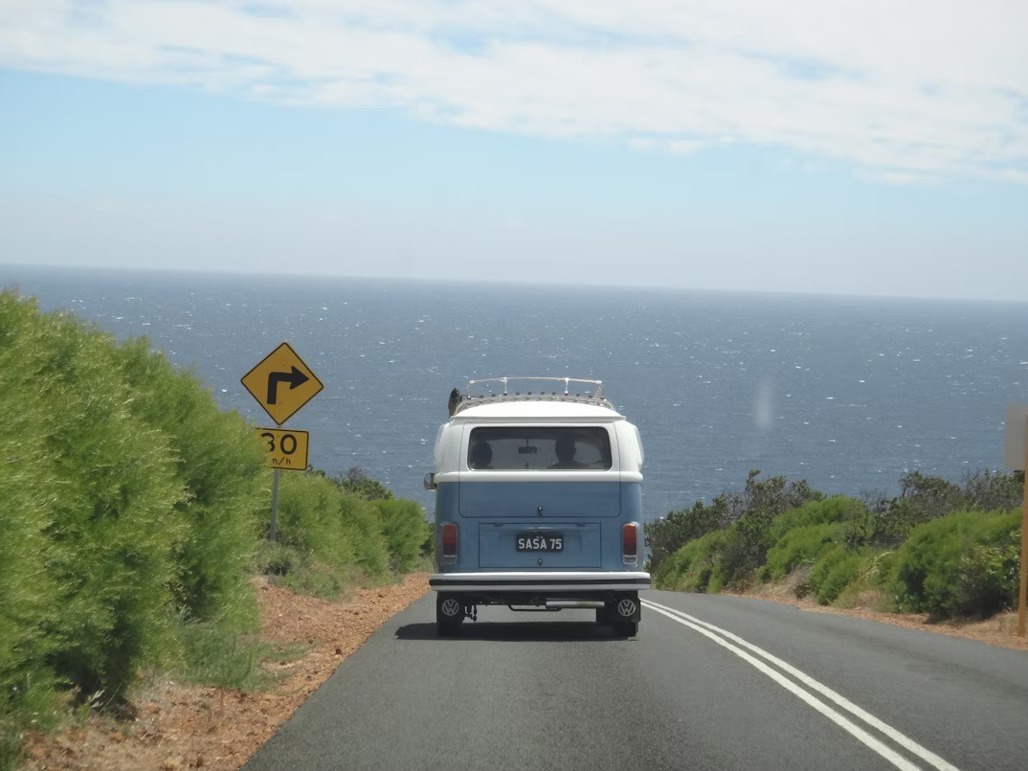Long, open highways can lull even the keenest driver into autopilot.
You know the feeling: you arrive at your destination but can’t quite remember the last 50km. That mental drift, or “highway hypnosis”, isn’t just eerie; it’s risky. Reaction times slow, scanning narrows, and fatigue quietly piles up.
Here’s how to keep your brain as alert as your cruise control.
The trance you don’t see coming

Highway hypnosis sneaks in when you combine steady speed, minimal traffic and repetitive scenery.
It's when the brain starts filtering out the “boring bits,” saving energy but losing focus. Even short bursts of inattention at 100km/h can erase dozens of metres of reaction time.
The fix isn’t to clench the wheel harder; it’s to re-engage your senses before your mind checks out. Think of it like refreshing your browser before it freezes.
Small moves, big reset
Break by time, not distance. Plan a stop every two hours or so, even if you’re “still fine.” Get out, stretch, breathe fresh air, and bonus points if you do a quick walk or shoulder roll. Muscle movement signals the brain to reboot attention.
Switch tasks behind the wheel. If your car’s set to adaptive cruise, vary your inputs occasionally. Adjust speed slightly, change lanes safely or alter following distance. Micro-decisions help wake up cognitive circuits that flatline with monotony.
Stay hydrated, skip the sugar. Water keeps oxygen moving; sugary drinks give you a short spike then a sleepy crash. Coffee helps, but pair it with real breaks as caffeine without movement only delays fatigue.
Temperature matters. Warm cabins soothe you right to drowsy town. Keep airflow cool but not freezing, ideally with vents directed at your face or neck.
Keep your mind in gear
Curate your soundtrack. Music works, but rotation is key - change genres or playlists before they blur into background noise. Podcasts or talk radio can hold attention longer because they demand light mental engagement.
Engage your eyes differently. Scan mirrors more deliberately, note distant landmarks, or count road signs for a few minutes. The aim isn’t busywork. It’s to prevent tunnel vision.
Also, share the drive if you can. A second driver doesn’t just halve fatigue; conversation itself keeps the brain active. Even a passenger’s presence can help you stay oriented in the “here and now.”
The long game
Modern cars make it dangerously easy to zone out with quiet cabins, lane-keeping tech and silky ride quality. Use that comfort wisely: as a buffer, not a crutch. The best prevention is rhythm: periodic movement, small mental resets and honest self-checks.
If you catch yourself missing exits, drifting speed, or losing track of time, that’s your cue. Pull over, breathe, reboot. It’s not weakness but rather smart driving. After all, the best road trips are the ones you actually remember.





